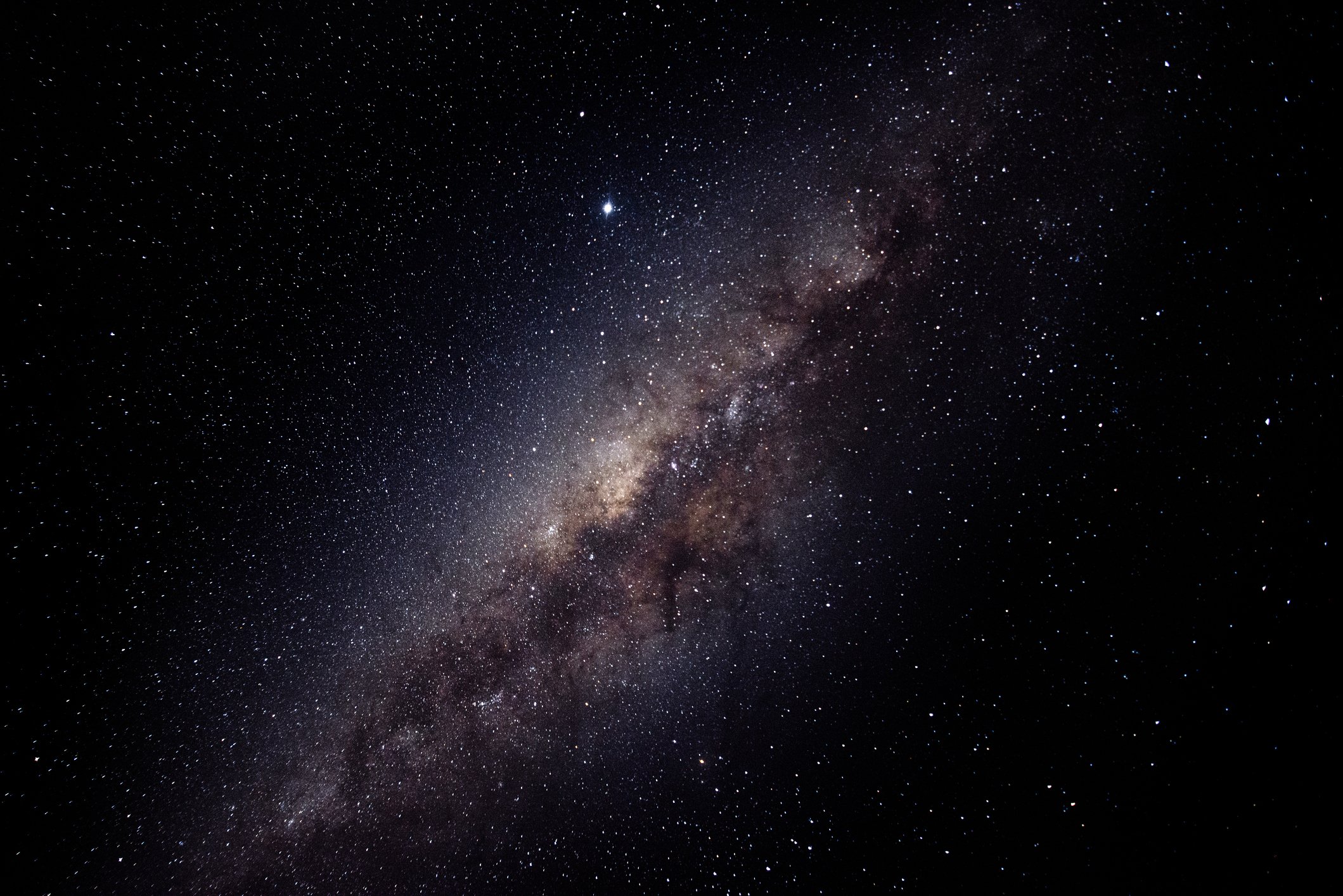According to a research team led by Harvard CfA astrophysicist Jiwon Jesse Han, the galactic disk may warp and expand in a manner consistent with existing data. The findings combined with stellar halo data show that: Our galaxy is surrounded by a halo of misaligned dark matter.
This difference between the dark halo and the galactic disk shows us how the Galaxy was formed and helps us understand how the universe rotates. Although scientists have been aware of deformation in the Milky Way disk for some time, they still do not have the data necessary to understand this phenomenon.
This changed with the launch of Gaia, a space telescope that precisely maps the positions and velocities of stars in the Milky Way. In the outer regions of the Milky Way, astronomers have found compelling evidence that the galactic disk is warping and expanding..
However, the reason for these features still remains unclear. The most popular theory suggests that a past or ongoing interaction with another galaxy may be responsible. But according to Han and his teammates, None of the theories presented so far have been able to successfully explain both the deformation and the explosion..
Last year, a team of scientists discovered that the stars surrounding our galaxy also rotate differently. In this way, they concluded that the Milky Way’s dark matter halo, an invisible mass that surrounds most galaxies and interacts gravitationally with ordinary matter, may also be significantly warped.
To test this theory, researchers ran simulations and modeling to see if they could reproduce observed properties of the Milky Way, including bending and expansion.
They developed a galactic model in which the dark matter halo is tilted 25 degrees relative to the Milky Way disk. So they simulated Orbits of stars and gas over 5 billion years.
The findings showed that a beam of dark matter caused changes in the outer regions of the galaxy; This fits perfectly with Gaia’s observations of the Milky Way. The simulation showed that a collision with another galaxy could tilt the dark halo, and deformation of the galactic disk would occur rapidly in an orbit after the tilt of the dark halo. After the collision, simulation showed that the slope of the dark halo gradually tends towards a more conventional alignment.
“Our findings suggest that the Milky Way’s dark halo was likely more tilted in the past and has since adjusted to its current orientation, which is about 25 degrees,” the researchers concluded.
Is there anything you want to ask? Tell us on our social networks and get the opportunity to share the article with your friends.
Source: Tec Mundo
I’m Blaine Morgan, an experienced journalist and writer with over 8 years of experience in the tech industry. My expertise lies in writing about technology news and trends, covering everything from cutting-edge gadgets to emerging software developments. I’ve written for several leading publications including Gadget Onus where I am an author.













